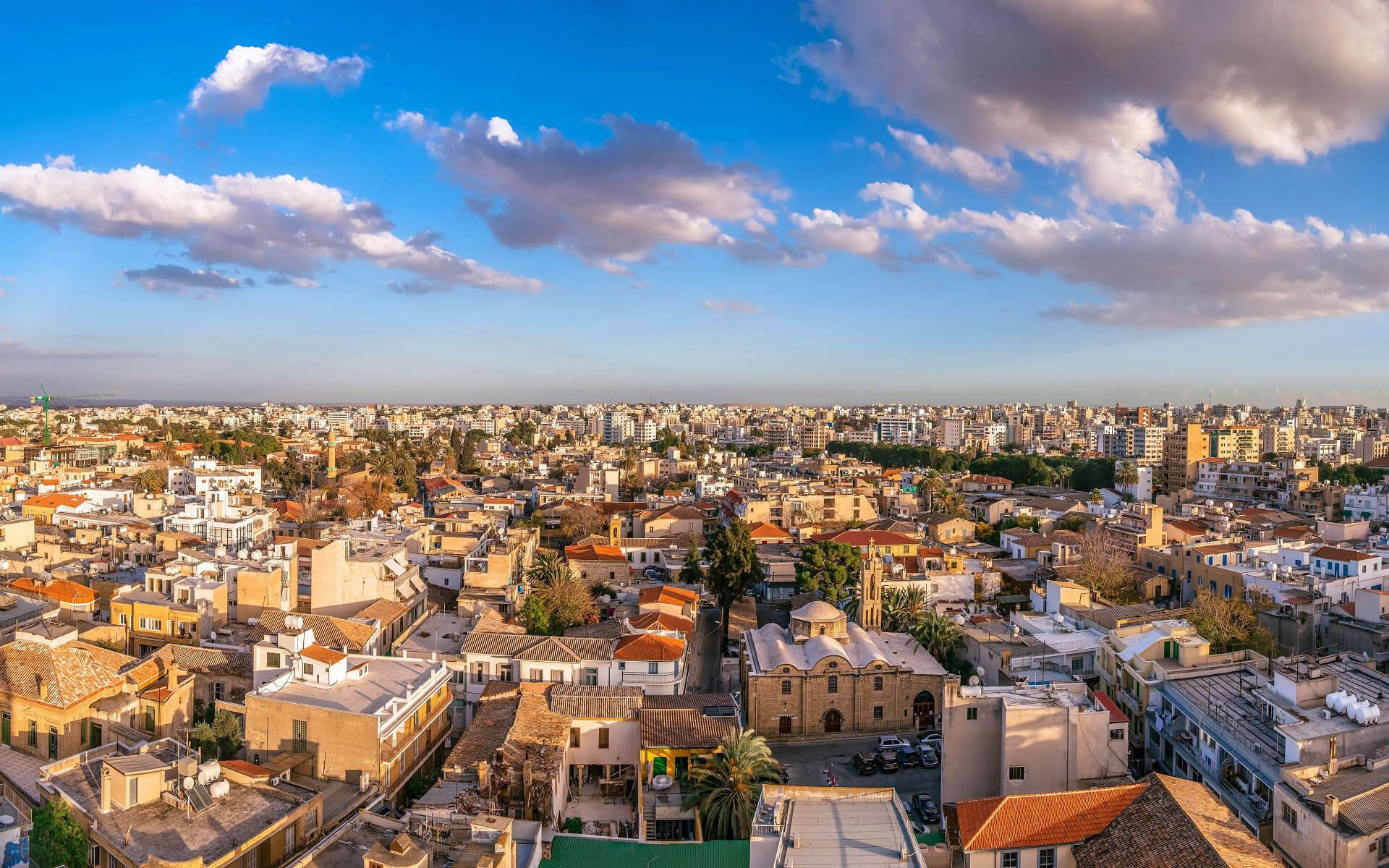Nicosia is the capital and biggest city of Cyprus, as well as the island’s primary business center. It is situated at the center of the Mesaoria plain, on the banks of the Pedieos River.
Nicosia is the capital and seat of government of the Republic of Cyprus, and as such, it is the capital of the EU member state with the most southeasterly location. It has been continually inhabited for more than 4,500 years and has served as Cyprus’s capital since the 10th century.
Following intercommunal violence in the city, Nicosia was split into southern Greek Cypriot and northern Turkish Cypriot portions in 1963. Today, the northern half of the city serves as the capital of Northern Cyprus, a de facto state that the international world considers to be occupied Cypriot land.
Aside from legislative and administrative tasks, Nicosia has established itself as the island’s financial capital and primary international corporate center. In terms of relative buying power, the city was rated fifth in the world in 2012. It also houses the majority of foreign embassies and offshore enterprises. It has a very global vibe, thanks to its international students and foreign employees.


